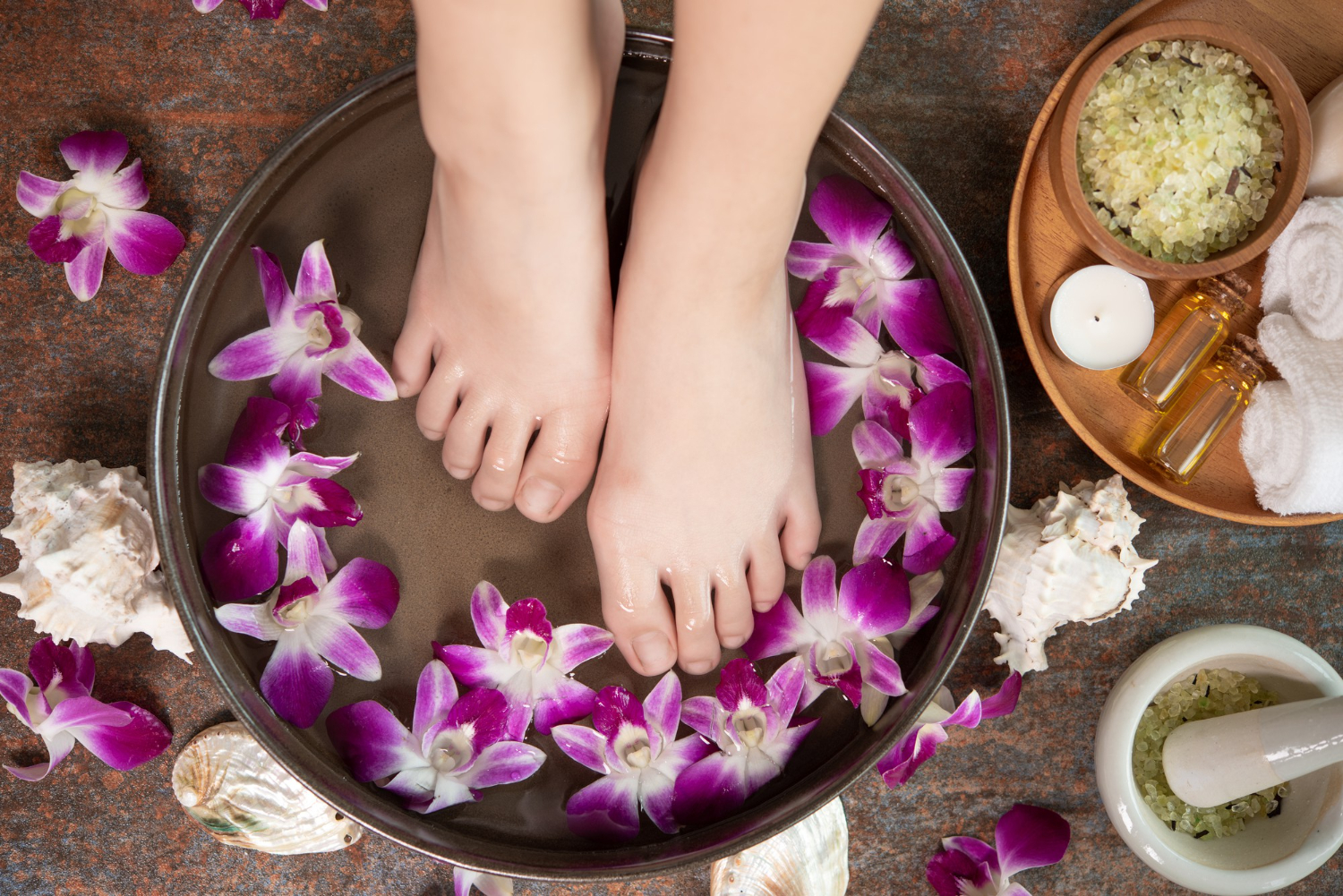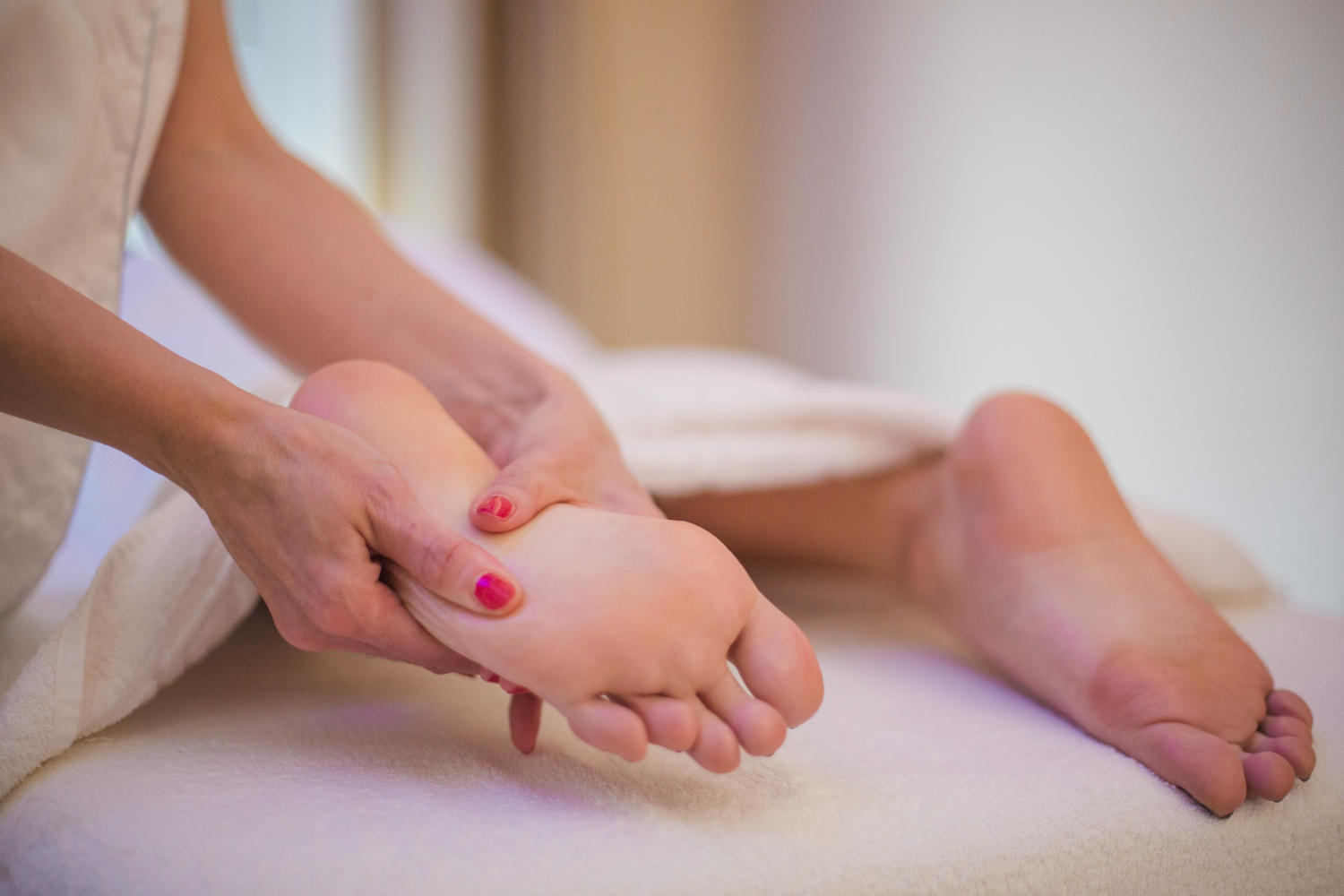
Struggling to keep your feet soft and comfortable during the chilly winter months? With the cold weather, dry air, and constant wear and tear, it’s easy for our feet to become neglected. But what if there were simple daily foot care routines and feet care tips that could keep your feet healthy and happy all season long? Here’s a fun and easy guide to help you build the perfect daily foot care routine and keep your feet happy all season long.
Struggling to keep your feet soft and comfortable during the chilly winter months? With the cold weather, dry air, and constant wear and tear, it’s easy for our feet to become neglected. But what if there were simple daily foot care routines and feet care tips that could keep your feet healthy and happy all season long? Here’s a fun and easy guide to help you build the perfect daily foot care routine and keep your feet happy all season long.
Understanding Winter Foot Problems

Winter brings with it a host of foot issues that many people overlook. The combination of cold weather, dry indoor heating, and lack of proper care can lead to:
- Dry, cracked heels – The cold air zaps moisture from your skin, making your heels rough and prone to cracking.
- Chilblains – Exposure to cold temperatures can cause red, itchy, and painful lumps on your toes.
- Fungal infections – Damp socks and enclosed footwear create the perfect environment for fungal growth.
- Poor circulation – Cold weather can slow down blood flow to your feet, making them feel numb and tingly.
Understanding these problems is the first step toward implementing the right foot care tips to keep your feet in great shape all season long.
Essential Foot Care Tips
Now that you know what winter can do to your feet, here are some winter feet care tips to help you maintain soft, healthy, and pain-free feet:
- Hydration is Key Inside and Out!
Winter air is dry, and that means your skin loses moisture faster than usual. Your feet, which already have fewer oil glands than the rest of your body, can suffer the most. The best way to tackle this? Drink plenty of water and use a rich, hydrating foot cream daily. Look for creams with shea butter, coconut oil, or glycerin to lock in moisture.
- Exfoliate, But Don’t Overdo It
Dry skin can build up quickly in winter, leading to rough patches and cracked heels. Gentle exfoliation 2-3 times a week can keep your feet smooth. Use a pumice stone or a mild foot scrub to remove dead skin cells. Just don’t go overboard—too much exfoliation can make your skin more vulnerable to dryness and irritation.
- Soak Your Feet in Hot Water
There’s nothing better than soaking your feet in warm water after a long, cold day. But be careful, hot water can strip your skin of natural oils, making it even drier. Stick to lukewarm water and add a bit of Epsom salt or honey for an extra soothing effect.
- Keep Your Feet Dry and Cozy
Winter means snow, rain, and cold, all of which can make your feet damp and prone to fungal infections. Always dry your feet thoroughly, especially between the toes, after a shower or after coming in from the cold. Choose moisture-wicking socks and breathable shoes to prevent sweat buildup.
- Massage for Circulation
Cold weather can lead to poor circulation, making your feet feel extra cold and even numb at times. A simple foot massage can do wonders! Use warm oil (like coconut or almond oil) and gently massage your feet for five minutes before bed. This not only improves blood flow but also helps in relaxing tired feet.
- Choose the Right Footwear
Your winter boots should be more than just stylish—they need to be functional, too! Opt for insulated, waterproof shoes that provide enough room for your toes to move freely. Tight shoes can restrict circulation and lead to painful conditions like chilblains.
Benefits of Foot Massage During Winter

Incorporating foot massages into your winter routine is an easy and effective way to care for your feet.
- Moisturises Dry Skin: Massaging your feet with natural oils like coconut or almond oil deeply hydrates the skin, preventing cracks and dryness during winter.
- Relieves Stress and Fatigue: A relaxing foot massage helps reduce stress and tension while soothing tired feet after long winter days.
- Prevents Swelling: Gentle massaging reduces fluid retention, preventing swelling or puffiness that may occur due to cold temperatures or prolonged sitting.
- Boosts Immunity: Reflexology-style foot massages stimulate specific pressure points, promoting overall wellness and potentially strengthening your body’s defence system during winter.
- Eases Pain and Aches: Regular massages alleviate foot pain caused by wearing closed footwear or walking on hard surfaces during colder months.
When to See a Specialist
Despite following all these foot care tips, sometimes your feet need professional attention. If you experience any problems mentioned below, it’s time to see a specialist. Knowing how to care for your feet includes recognising when to seek expert help.
- Severe cracks that bleed or become infected
- Persistent pain or swelling
- Discoloration or numbness
- Fungal infections that don’t heal with home treatments
Say Goodbye to Dry Feet
Winter might be tough on your skin, but with the right daily foot care routine, your feet don’t have to suffer. By following these simple yet effective steps, you’ll keep your feet soft, healthy, and pain-free all season long. Now that you know how to care for your feet this winter, enjoy the comfort and confidence that come with happy, healthy feet. Treat your feet to the care they deserve with Bodycraft’s specialised foot care services. Book your appointment today.
FAQs
Can I scrub my feet every day?
Scrubbing your feet daily is not recommended as it can cause irritation or dryness. Stick to 2–3 times a week using a gentle scrub to remove dead skin without over-exfoliating.
Is it OK to soak your feet every day?
Soaking your feet daily can lead to excessive dryness, especially in winter. Limit it to 2–3 times a week, and always moisturise afterwards to keep your feet hydrated.
Why do feet turn black?
Feet may turn black due to hyperpigmentation, poor circulation, or dirt buildup. In some cases, it could signal a medical issue, like a fungal infection or diabetes-related complications.
How do you remove the blackness of the foot?
To reduce foot blackness, exfoliate gently, use brightening creams with ingredients like vitamin C, and moisturise regularly. For persistent issues, consult a dermatologist.
